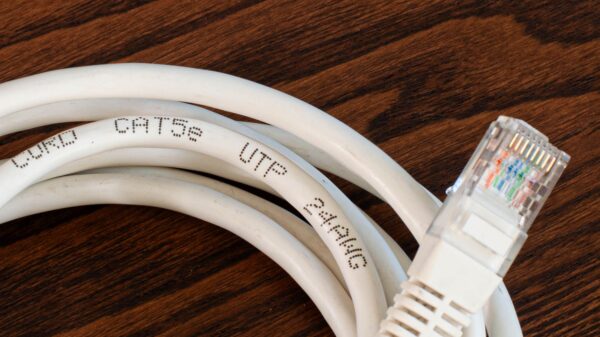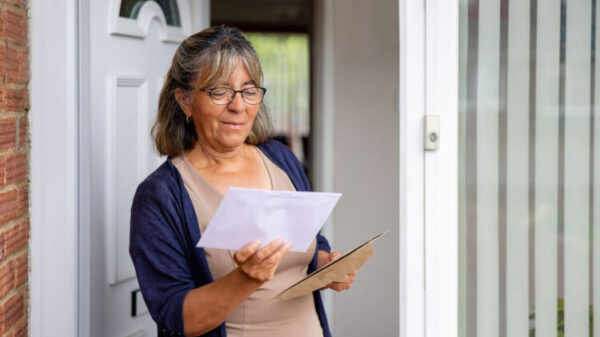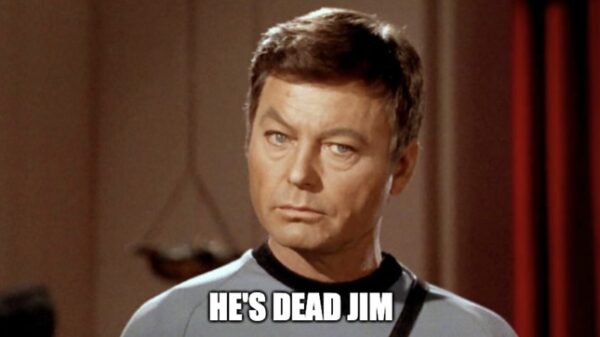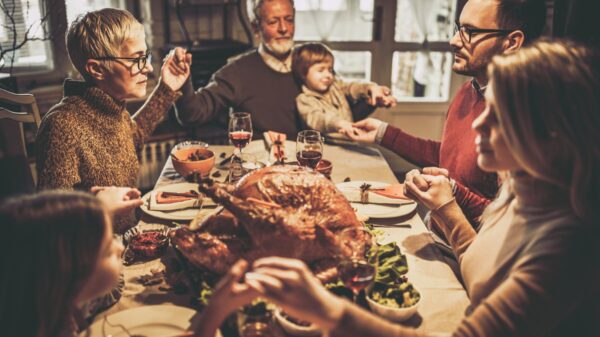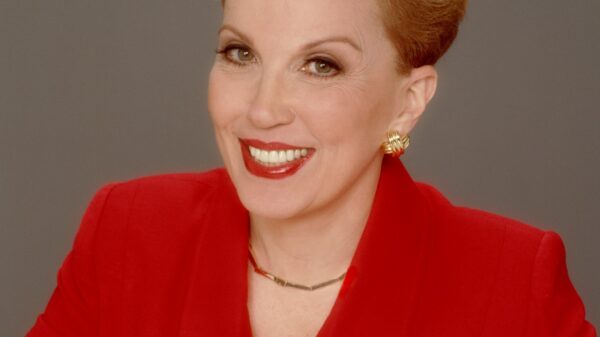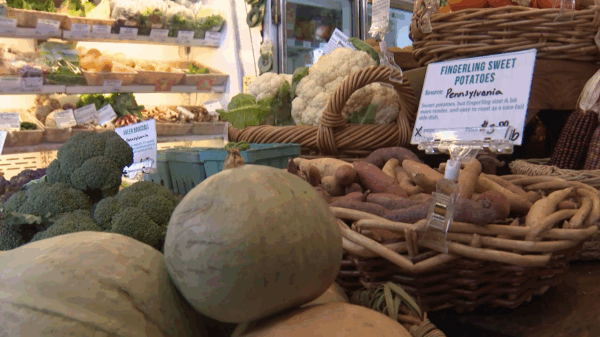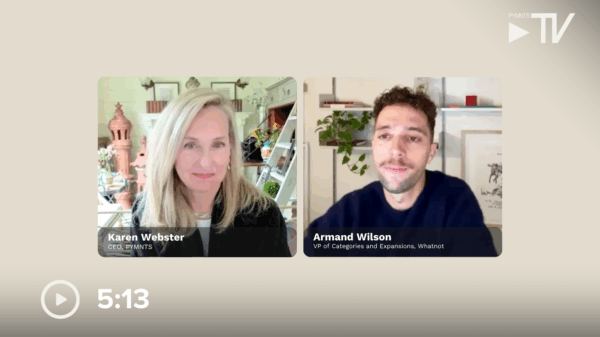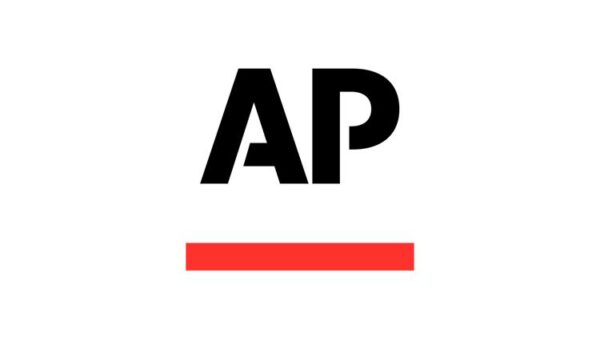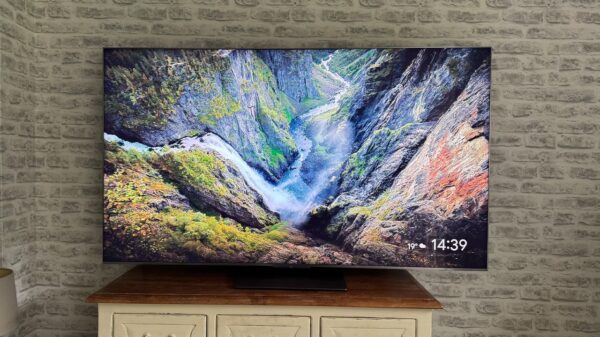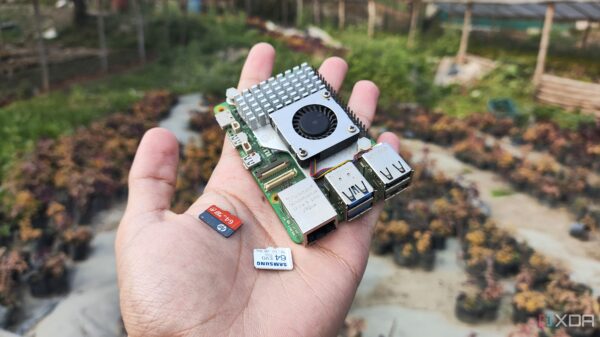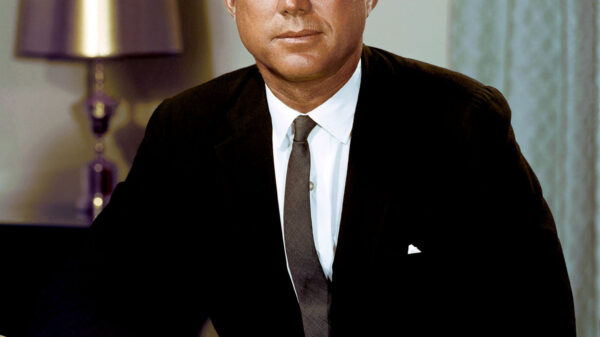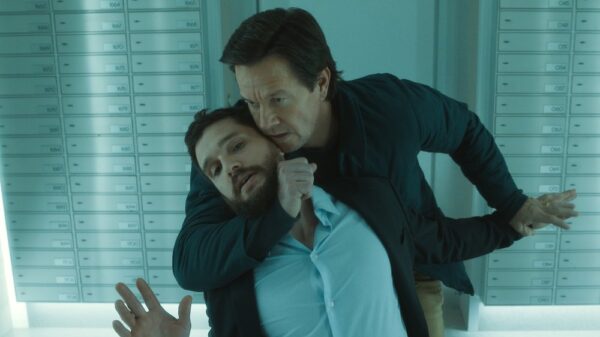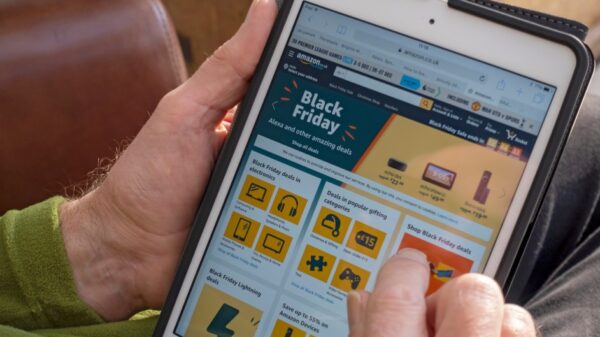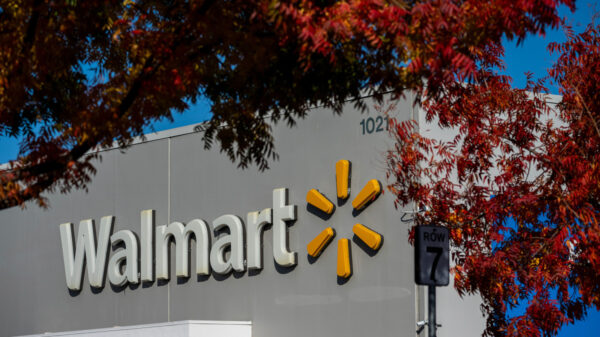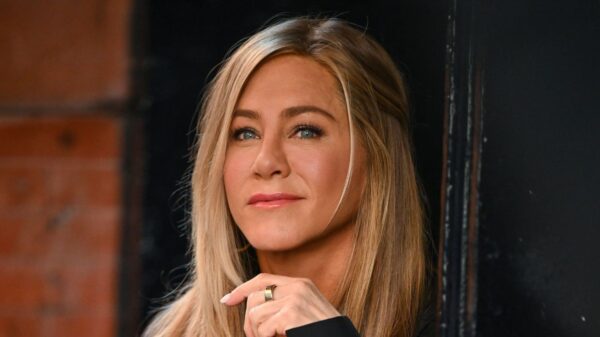Boxed wine has transformed from a once-maligned beverage choice to a popular option among modern consumers, shedding its negative reputation. This resurgence is driven by enhanced packaging, improved taste, and a growing focus on sustainability. In the United States, boxed wine sales have surpassed $1 billion, showcasing its newfound acceptance in the wine market.
The perception of boxed wine has evolved significantly over the years. As Amy Ezrin, founder of Giovese Family Wines, reflects, “For decades, the market has been trained to see boxed wine as synonymous with the lowest quality.” Many consumers, particularly those from previous generations, associate boxed wine with lowbrow drinking experiences. Yet, the dynamics have shifted, particularly among Millennials and Gen Z drinkers who are drawn to the affordability and reduced waste associated with boxed options.
According to Kristin Olszewski, CEO of Nomadica, “Boxed wine sales in the US are over a billion dollars.” Olszewski’s company, known for its premium canned wines, capitalized on this trend by launching a direct-to-consumer boxed wine line in 2022. The response was remarkable, with boxed wine accounting for 20% of their online sales within the first quarter.
This trend isn’t limited to the United States. In France, 44% of supermarket wine is sold in boxes, while the figure exceeds 60% in Sweden. Olszewski describes the rise of boxed wine as “one of the only bright spots” in an industry grappling with rising costs and changing consumer behavior.
The improvements in wine technology have contributed to this renaissance. Amy Troutmiller, co-founder and CEO of Really Good Boxed Wine, notes that better packaging now prevents oxygen exposure, preserving the quality of the wine. This innovation aligns with consumer desires for a product that remains fresh in the refrigerator for extended periods. “With boxed wine, you can have a sip, you can have three glasses, you can cook with it,” Olszewski explains.
Sustainability is another critical factor driving the appeal of boxed wine. The production process for boxed wine is more environmentally friendly than that of glass or aluminum cans. Ezrin emphasizes that boxed wine has “one tenth the carbon footprint of a single 750ml glass bottle of wine.” For consumers focused on sustainability, boxed wine presents a viable option that meets both financial and ethical considerations.
The economic landscape further enhances the attractiveness of boxed wine. With the average cost of a bottle hovering around $13, consumers can purchase a quality box of wine for less than $25, which typically equates to three to four bottles. Ezrin notes that boxed wine offers “an olive branch to drinkers who are looking to save money” amid economic challenges.
Despite the perception that younger generations are drinking less wine, the appeal of boxed wine spans across age groups. Troutmiller reveals that the average customer for Really Good Boxed Wine is over 45 years old, with strong interest from Boomers and those in retirement communities. This indicates a broader societal shift towards more convenient and accessible wine options.
As lifestyle changes influence consumer preferences, boxed wine offers a practical alternative for various settings, such as outdoor events or apartments with strict no-glass rules. “We’re not replacing the bottle entirely,” Troutmiller asserts. “But when you want one or two glasses, those choices are more available.”
The revival of boxed wine highlights a significant transformation within the beverage industry. As consumers prioritize sustainability, affordability, and quality, boxed wine has emerged as a compelling option that meets these modern demands. The past stigma associated with boxed wine is fading, paving the way for a new generation of wine drinkers to appreciate this format in a fresh light.


